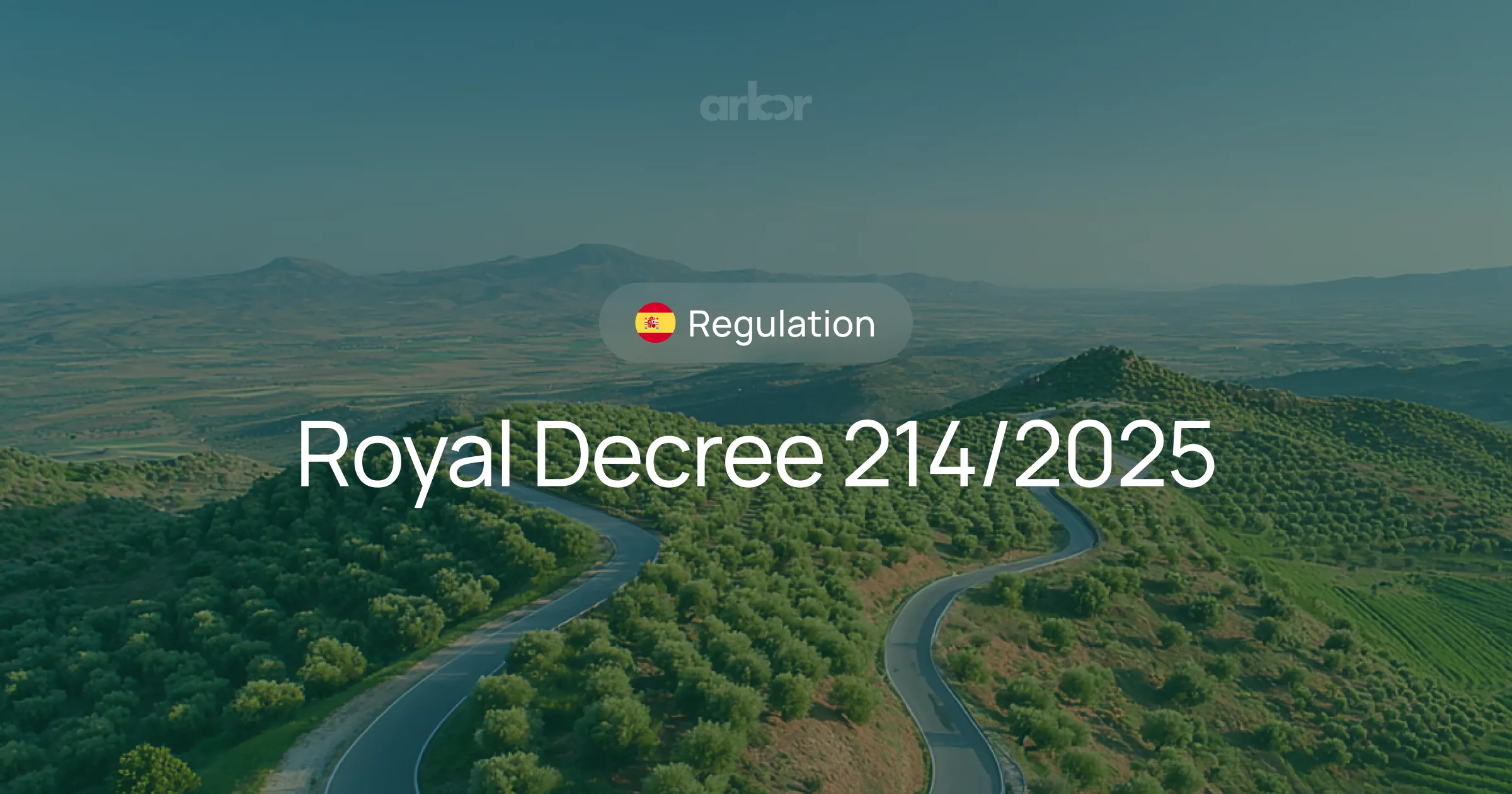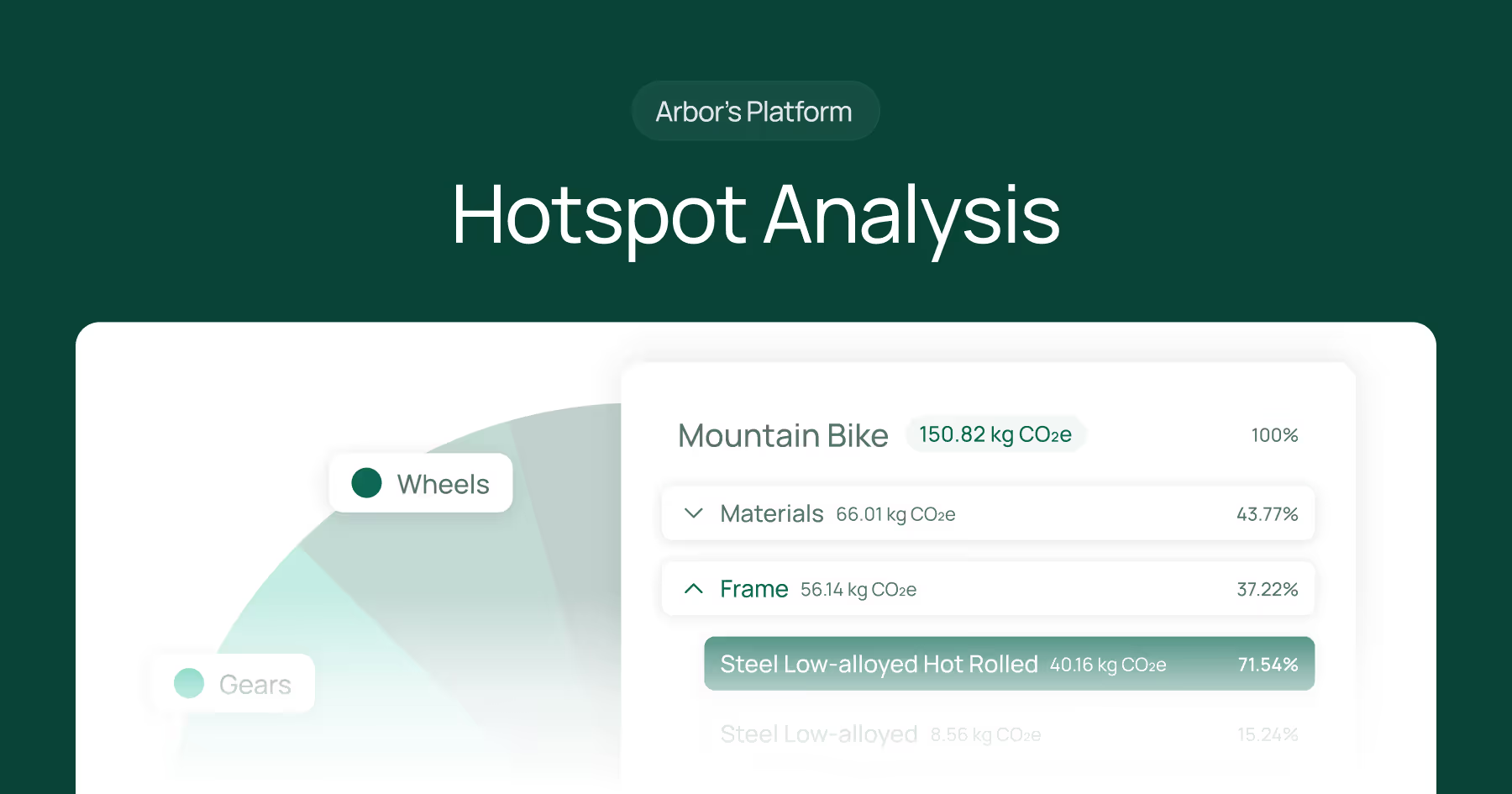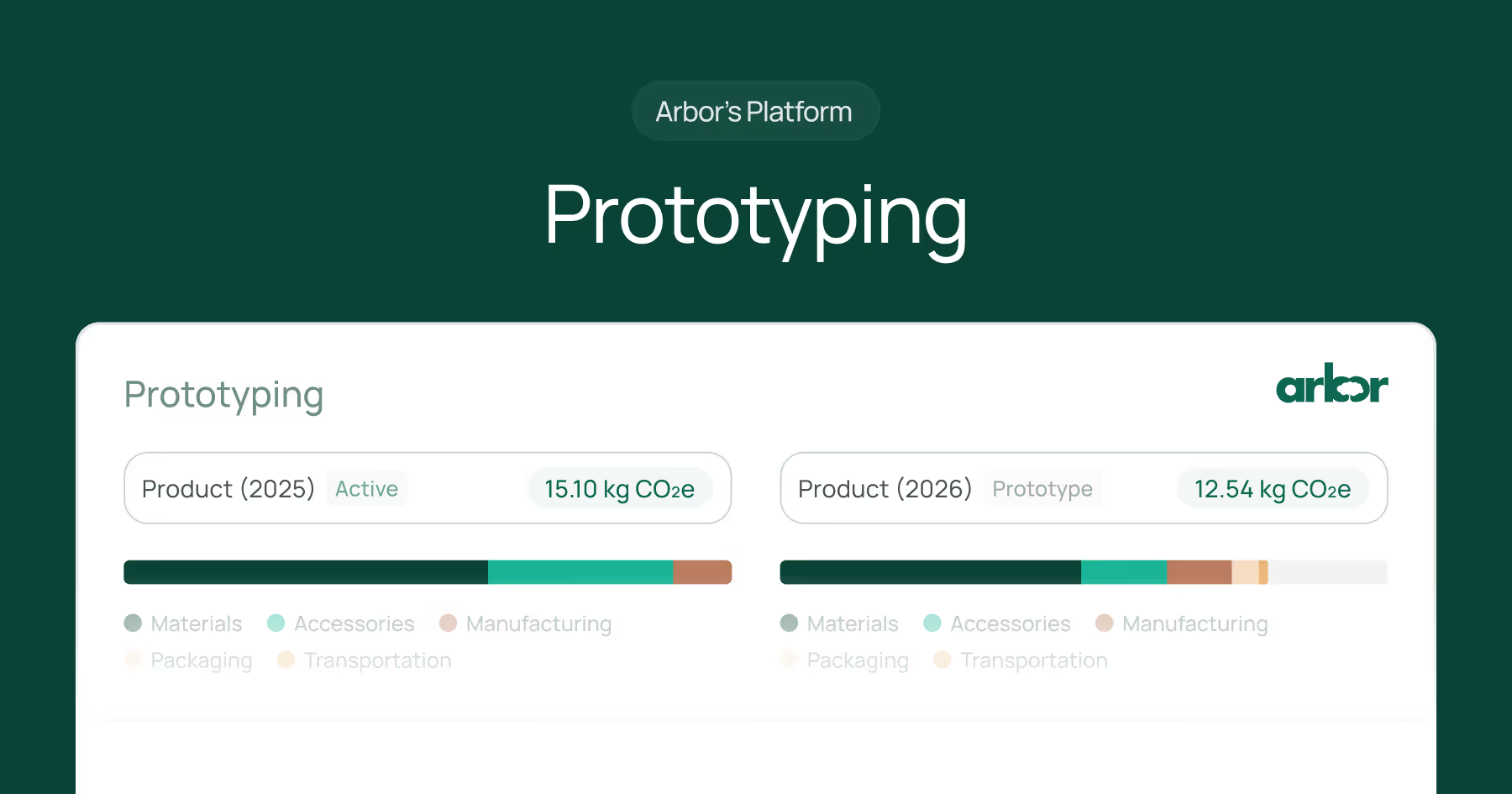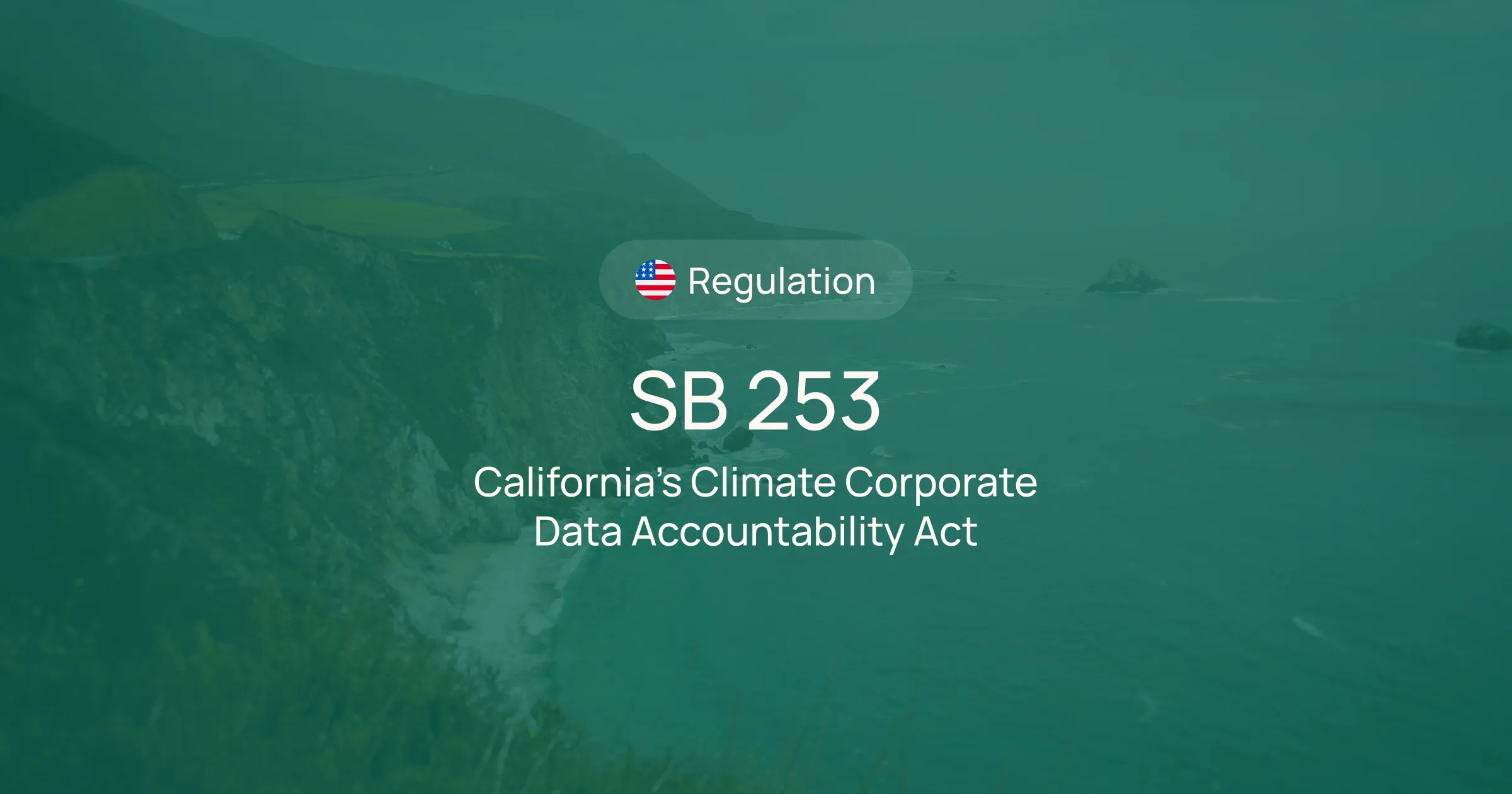As corporations seek to align with global environmental goals and stakeholder expectations, standards like ISO 14072 become key tools in navigating this complex landscape.
So, what exactly is ISO 14072, and why should it matter to your company?
What is ISO 14072?
ISO 14072:2024 — Environmental management — Life cycle assessment — Requirements and guidance for organizational life cycle assessment is an international standard offering guidance on implementing Life Cycle Assessment (LCA) at an organizational scale. Unlike product-focused LCA, ISO 14072 extends these principles across entire organizations, providing a comprehensive framework for businesses of any size and industry sector.
It aims to establish system boundaries, manage life cycle inventories, and assess potential environmental impacts—everything from resource extraction to final disposal or recycling.
This standard enhances the foundational frameworks established by ISO 14040 and ISO 14044 by elaborating on their application in a broader context. It shifts the focus from isolated products to an organization-wide analysis, empowering companies to understand and mitigate their cumulative environmental impacts.
Expanding the Scope of Environmental Management
- Systematic Analysis: ISO 14072 encourages a systemic approach by which organizations can quantify their entire environmental footprint. This involves strategizing for everything from reducing energy consumption to optimizing waste management processes across the enterprise.
- Data-Driven Decision Making: Beyond just insight, ISO 14072 enables data-driven sustainability choices. It allows organizations to meticulously track inputs and outputs, offering a bird's-eye view of potential environmental impacts.
- Strategic Alignment: By fully integrating LCA into corporate strategies, businesses can align with national and international environmental policies, promoting not just sustainability voices but actionable plans.
How Do You Get an ISO 14072 Verification?
ISO 14072 is unique because it serves as a guideline rather than a certification. It aids organizations in setting up a structured approach for conducting life cycle assessments on their operations and value chains, laying the groundwork for compliance with other certifiable standards.
Think of ISO 14072 as the architect's blueprint—while it won't furnish certification, it provides the meticulous plan needed to build your environmental impact strategy.
Implementing a Verified LCA Methodology
- Foundation for Certification: Although ISO 14072 is not a certifying standard, implementing its practices can streamline your journey toward obtaining certifications associated with standards like ISO 14001 or ISO 50001.
- Integration Across Processes: Companies adopting ISO 14072 often benefit from scrutinizing and refining internal processes and policies, improving resource efficiency while reducing emissions and costs.
- Stakeholder Assurance: By adhering to ISO 14072, organizations can deliver credible, transparent data to stakeholders, boosting trust and confidence in their sustainability commitments.
Building Blocks of Implementation
1. Goal and Scope Definition:
Evaluate what you aim to achieve with your organizational LCA and outline the scope covering all activities and processes. This initial phase is crucial in setting clear and aligned objectives, boundaries, and impact categories for assessment.
2. Inventory Analysis:
Detailed data collection on all organizational processes, from material sourcing and energy consumption to waste generation. This thorough 'check-up' provides vital statistics on environmental loads, resources used, and emissions generated.
3. Impact Assessment:
Translate inventory data into understandable impact categories, which might include climate change effects, resource depletion, and pollution impacts. This conversion helps visualize which phases or processes contribute most heavily to environmental pressures.
4. Interpretation:
Conduct an evaluation to deduce conclusions and insights to steer your decision-making path. Provide concrete recommendations that influence strategic planning, improving regulatory compliance and environmental efficiency.
Why ISO 14072 Matters for Your Organization
Applying ISO 14072 generates profound insights into an organization's environmental footprint, offering several tangible benefits:
Benefits of ISO 14072 for Your Company
- Comprehensive Environmental Insights: By encompassing the entire value chain, the LCA approach allows businesses to discover hidden opportunities for resource optimization and impact reduction, leading to better environmental and economic performance.
- Risk Mitigation and Enhanced Accountability: Through meticulous documentation and reporting, ISO 14072 minimizes non-compliance risks and positions organizations favourably during external audits, bolstering transparency and accountability.
- Cost Savings and Efficiency Gains: Organizations can identify wasteful processes and high-impact areas to drive efficiency, reduce costs, and significantly reduce greenhouse gas emissions.
About the International Standards Organization (ISO)
The International Standards Organization (ISO) is a global body dedicated to developing and publishing standards that facilitate international trade and ensure quality, safety, and interoperability. Since its inception in 1947, ISO has been instrumental in fostering industrial and commercial innovation through standardization. Among its many environmental standards, ISO 14072 provides a cohesive approach to organizing life cycle assessments in contemporary business ecosystems.
Summary
ISO 14072 is not merely about compliance but about evolving as a business focused on sustainability and operational excellence. As global pressures mount towards carbon neutrality, adopting ISO 14072 could be the structuring framework your company needs to remain viable and responsible. Encourage your team with this actionable strategy to assess, improve, and sustain your organization’s environmental performance.
For a more tailored approach to implementing ISO 14072, considering platforms such as Arbor that specialize in automated carbon accounting can significantly streamline your path to a sustainable future. With Arbor, your environmental impact assessments are comprehensive, data-driven, and ready to transform your business's relationship with the environment.
Make the first move towards a sustainable transformation—evaluate your company’s current standing with ISO 14072 and explore carbon accounting platforms like Arbor today. Request a demo.
Measure your carbon emissions with Arbor
Simple, easy carbon accounting.

FAQ about ISO 14072:
How does ISO 14072 differ from traditional LCA standards?
ISO 14072 differs from traditional Life Cycle Assessment (LCA) standards by focusing on the organizational level rather than individual products. This means it provides a comprehensive approach to assessing and managing the cumulative environmental impacts across all activities within an organization.
Why is ISO 14072 referred to as TS 14072?
ISO 14072 was initially introduced as a Technical Specification (TS) under the designation ISO/TS 14072:2014, offering preliminary guidelines for conducting life cycle assessments at the organizational level before being updated to the full standard version.
How can ISO 14072 help in setting sustainability goals?
ISO 14072 helps organizations set sustainability goals by providing a structured methodology to quantify, assess, and interpret environmental impacts from all operations. This data-driven approach enables informed decision-making and prioritization of initiatives that align with sustainability objectives.
What are the phases involved in implementing ISO 14072?
Implementing ISO 14072 involves four key phases: Goal and Scope Definition to establish objectives and scope, Inventory Analysis to gather data on energy and material flows, Impact Assessment to evaluate potential environmental effects, and Interpretation to draw actionable conclusions from the data.
How does ISO 14072 address the system boundary in LCA?
ISO 14072 addresses the system boundary by expanding it to include all relevant organizational activities, ensuring a holistic evaluation of environmental impacts across the entire life cycle of products, services, and processes. This comprehensive boundary setting is crucial for accurate and meaningful LCA outcomes.




.webp)











%20Arbor.avif)





%20Arbor.avif)


.avif)






%20Arbor%20Canada.avif)

.avif)
%20Arbor.avif)
.avif)






_.avif)
.avif)
%20Arbor.avif)




%20Software%20and%20Tools.avif)




.avif)
.avif)




%20EU%20Regulation.avif)












.avif)


%20Arbor.avif)









_%20_%20Carbon%20101.avif)







.avif)

.avif)
.avif)



.avif)








